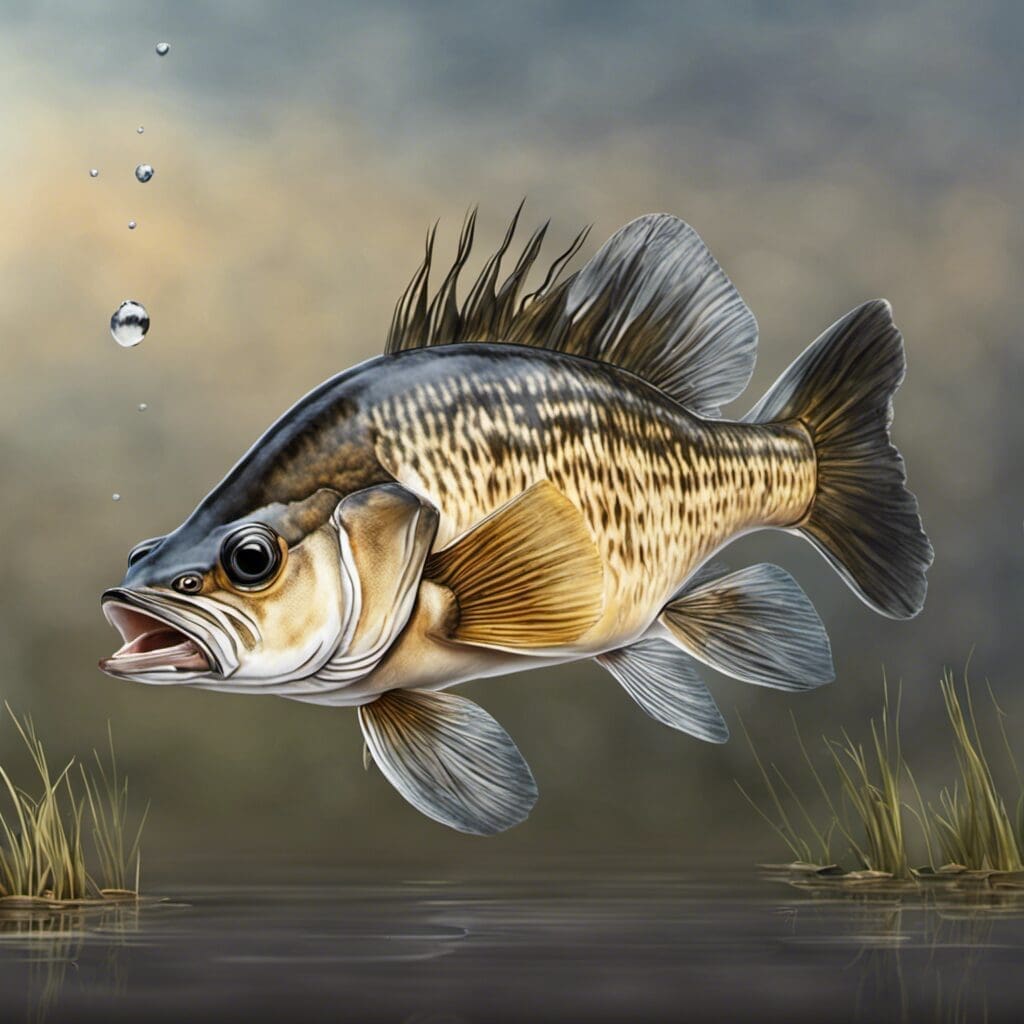Introduction
The Ruffe, scientifically known as Gymnocephalus cernuus, is a member of the Percidae Family. This compact, predatory fish is native to fresh and brackish waters of Europe and Asia.
Conservation Status
The current conservation status of the Ruffe is ‘Least Concern’ according to the International Union for Conservation of Nature (IUCN). This is due to their wide distribution and large population size. Despite this, efforts are being made to control their population in areas where they have been introduced, as they are considered a potential invasive species.
Statistics
| Average Length | Length Range | Average Weight | Weight Range | Average Lifespan |
|---|---|---|---|---|
| 10-20 cm | 5-29 cm | 15-40 g | 5-70 g | 7-10 years |
Distribution
Ruffe are typically found in Northern Europe and Asia but have been known to migrate to other regions through shipping and ornamental trade. No significant migration patterns have been documented.
Habitats
Ruffe are typically found in both fresh and brackish waters with a depth ranging from 15 to 80 meters. They usually live in moderate to warm temperature range and prefer a pH-neutral or slightly acidic aquatic environment.
When and Where to See
Ruffe are most active during the night and are more likely to be found in shallow waters during the spring and summer mating seasons.
Best Fishing Locations
Ruffe can be found in numerous European and Asian water bodies. Here are some of the top locations:
1. Lake Ladoga, Russia
2. Lake Vesijärvi, Finland
3. Lake Peipus, Estonia
4. River Thames, United Kingdom
5. River Volga, Russia
When finding Ruffe, look for cooler waters with rocky or sandy bottoms, particularly in areas rich in aquatic vegetation.
How to Catch
Ruffe are not typically targeted by recreational fishermen due to their small size. To catch them, small, soft baits such as worms and grubs are effective. Pole or float fishing techniques are often employed during the early and late hours of the day.
Identification Guide
Identifying a Ruffe can be a challenge due to its similar appearance to other small fish species. Ruffe are usually dark brown or greenish with dark mottlings. Their distinctive features include their rough, prickly fins and large, upturned mouths.
Culinary Information
While not a commonly sought fish in culinary circles, Ruffe fish are edible. They have a delicate white flesh that can be prepared by cooking methods such as steaming, baking, and frying. However, due to their small size, multiple fish are often needed for a single serving.
Additional Information
Ruffe are generally nocturnal, bottom-feeding fish. They have a wide diet, consisting of benthic invertebrates, small fish, and fish eggs. Predators of the Ruffe include larger fish and birds. Substantial population growth and aggressive feeding habits have made them an invasive species in some regions.
References and Further Reading
For more detailed information about Ruffe, consider these resources:
1. Minnesota Sea Grant: Ruffe
2. USGS Nonindigenous Aquatic Species Database
3. Global Biodiversity Information Facility

